Ash (burning bush): cultivation and use
This plant of the Rutaceae family has several names. Scientific - Diktamnus, folk - Burning bush. It is due to the fact that at high temperatures the plant creates a cloud of essential oil vapors around itself. A lit match, brought to the plant in hot weather, causes a pop-explosion with the formation of smoke. In this case, the flower itself is not fired. In mid-latitudes, this experiment is unlikely to succeed. After all, suitable weather conditions are extremely rare.
Content:
Yasenets (burning bush): description
Ash, or burning bush - high, from 30 cm to 1 m, a beautiful plant with erect, densely pubescent stems. The leaves are similar to the leaves of an ash tree, located at the bottom. This is where the name Yasenets comes from. The leaves are pinnate, dense, the leaves are pointed, covered with glands, which look like small black dots. The same glands are located on the stem, in its upper part. The root is long and branched.
The inflorescence is a large, up to 20 cm, raceme of bright pink flowers with long stamens and five petals, the veins of which are most often colored red or purple. The color of the petals ranges from white and pink to lilac. The size of one flower is up to 2.5 cm. They have a scent reminiscent of a citrus peel.
To many, it resembles the smell of medicines, this is due to the release of essential oils by all parts of the plant.
The fruit is a box with five seeds. After ripening in August, they turn black and shiny.
Benefits of the Burning Bush:
- Yasenets are beautiful with discreet beauty.
- It grows without expanding, without covering nearby flowers and plants.
- Frost resistant. It hibernates without shelter, even in the middle lane. But it is better to grow it in places protected from the northerly winds.
- Blooms in June, blooms for a month, retains decorativeness throughout the season.
Ash grows wild in the subtropics and southern regions of Europe and Siberia. Many species and cultivated varieties can be grown much further north.
Ash tree types:
- White ash (burning bush) grows in the south of Europe and Siberia. Plant height from 90 cm to 1.5 m. Varieties with pink and dark red flowers have been created. Has a cinnamon scent.
- Caucasian grows up to 80 cm. Grows in Iran, the lower reaches of the Volga. The leaves are ovoid. The flowers are lilac or white. Contact with parts of the plant causes dermatitis, in some cases - allergic shock. Therefore, it cannot be sniffed.
- Fluffy grows in the Far East. Can be grown in the Middle Lane. The flowers are bright pink with red veins.
- Holostolbikovy grows in the Crimea, Moldova, Volzhko-Don region of Russia, Dnieper region of Ukraine. Touching this plant will cause blistering burns.
Growing an ash tree
In nature, ash is undemanding to growing conditions. He can cling to a rock, put down roots in a crevice between stones. But at home, the ash tree is planted in cultivated soil. The ash tree is propagated seeds or dividing the bush.
Features of seed propagation:
- The seeds are harvested until they are fully ripe, otherwise they will shoot out of the box and scatter.
- Sow in autumn or spring. It is better to sow immediately after harvest, because during storage they lose their germination.
- Sometimes seeds sown in autumn germinate in spring. Therefore, it is better to mark or fence off the sowing area.
- If the seeds have sprouted very densely, they are thinned so that the distance between the plants is about 20 cm.
- They grow very slowly during the first year. In the second or third year, they are transplanted to a permanent place.
- The ash-tree unburned bush will bloom in the 3rd or 4th year.
Some gardeners advise planting an ash tree in a permanent place in the second year. So it takes root better, blooms faster. Over time, the bush grows, the number of inflorescences increases. But it will not occupy a large area.
You can propagate the ash tree by dividing the bush, it is also performed in autumn or early spring.
Some gardeners argue that the plant reacts poorly to this method of reproduction, it is sick for a long time. But in the middle latitudes, the seeds do not always ripen. Therefore, the vegetative method of reproduction is more often used there.
The area for growing ash trees should be sunny, the soil should be fertile calcareous. You can take 2 parts of humus and sand and part of the sod land. Add lime well before planting. Ash trees will not grow on damp soils. Will transfer slight shading. Will not grow in the shade. Ash trees are planted on the southern or western slopes. In order for the soil to warm up as much as possible, large stones are laid at the foot. They will give off the heat received from the sun.
Ash tree care
Plant care is not difficult because the plant is very unpretentious. Ash tolerates drought well. But with moderate watering growing faster. It is not necessary to feed the plant. On sandy soils, it can bloom without fertilization, but does not increase the number of peduncles.
They are fed with fertilizers for flowering plants, and humus is added.
The soil around the plant is constantly loosened. This is necessary in order to weeds did not drown the plant. Can mulch a plot near an ash-tree with a thick layer of grass, straw, peat. It needs to be added throughout the season.
Ash tree application
The ash is grown in flower beds, placed in single plantings and in groups: in mixborders, where it is adjacent to flowers and plants of different flowering periods. Looks good in rockeries, between stones, next to juniper and other evergreens. It is advised to plant the ash tree next to other slow-growing plants. Ash looks good together with flowers that do not require a lot of moisture: kermek, heycheroi, daylily, irises... In one place they grow up to 10 years. Cut off stand up to 4 days.
Ash Burning Bush refers to plants that cause allergies in the form of burns.
The poisonous oils secreted by ash trees can cause a 2nd degree burn if they come into contact with the skin. After half a day, a blister filled with liquid forms at the site of exposure. The wound that forms after the blister bursts does not heal for a long time. Then a dark spot appears in its place, which disappears only by the next spring. But this mainly applies to wild plants. Cultivated plants almost completely lose their toxic properties. However, in hot weather it is better to work with the ash tree with gloves and long sleeves. They are not dangerous in cooler hours of the day.
All parts of the plant contain a large amount of essential oils, alkaloids, flavone glycosides, anthocyanins, bergapten and other beneficial substances. Fatty acids are at the root. Therefore, a broad spectrum of drugs is produced from ash trees.To do this, you need to properly prepare the raw materials.
More information can be found in the video:
The roots are dug in spring or autumn, dried at a temperature not exceeding 30 degrees. Leaves and stems are harvested in summer and dried too. For the preparation of some homeopathic medicines, only fresh leaves are used. All procedures for the procurement of raw materials are performed with gloves and closed clothing. Do not sniff the plant. This will protect the skin and mucous membranes from burns.
The plant has diuretic properties. Therefore, they use preparations from the ash tree in the treatment of diseases of the genitourinary system, cystitis and kidney stones. Helps get rid of sexually transmitted diseases, including Trichomonas vaginitis. An alcoholic infusion of the root is used to treat mastopathy, fibroids and cervical erosion. Infusion of seeds is used to treat impotence.
Infusions of leaves and stems help with bloating, flatulence, gastritis.
They help get rid of worms. The infusion, prepared in a different proportion, treats epilepsy, asthenia, relieves fatigue and overwork. It is used as a sleeping pill for insomnia. Treat with burning bush and sciatica. For this, water extracts are used. Decoction of root bark with honeysuckle is used to treat jaundice. Ash can not only cause burns. It is used to treat eczema and dermatitis. But all this is used only in traditional medicine. The official plant does not use. It is necessary to carry out treatment with ash-tree preparations carefully so as not to take too large a dose.



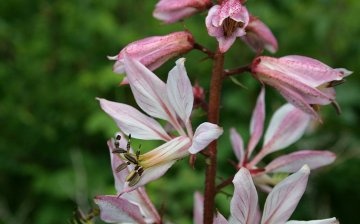
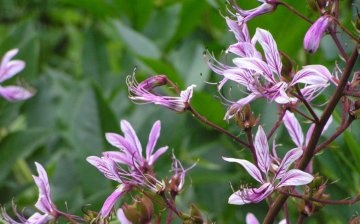
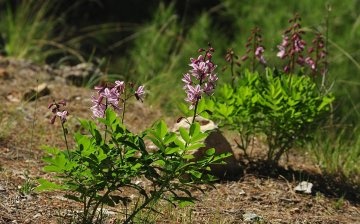
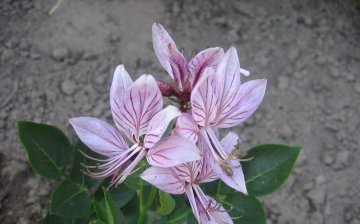







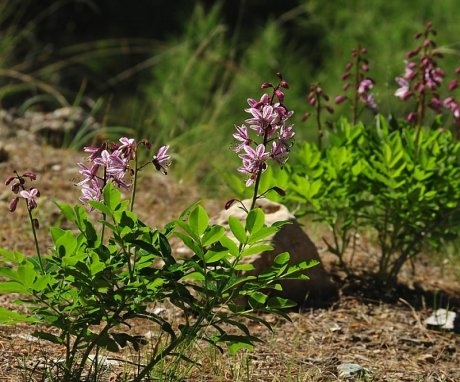
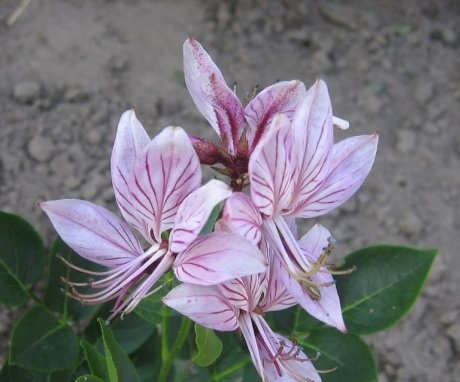
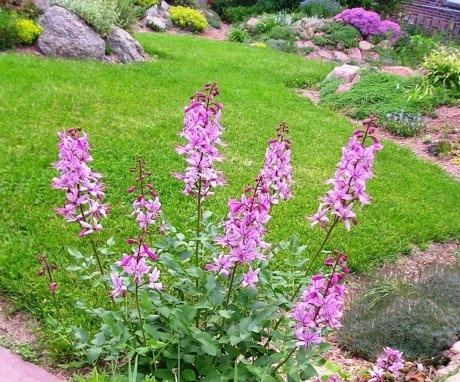
This is a beautiful, perennial plant with a rich smell, it is better to plant somewhere in the front garden so that children do not get skin burns, otherwise, it seems to be cultured, but you will not be superfluous with it.